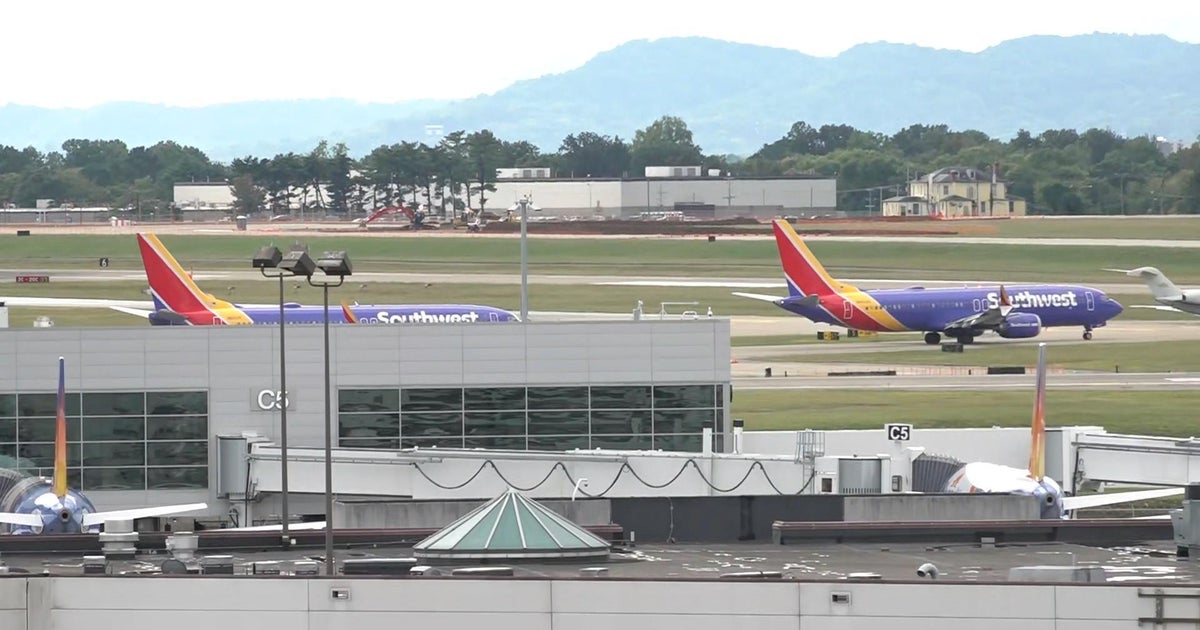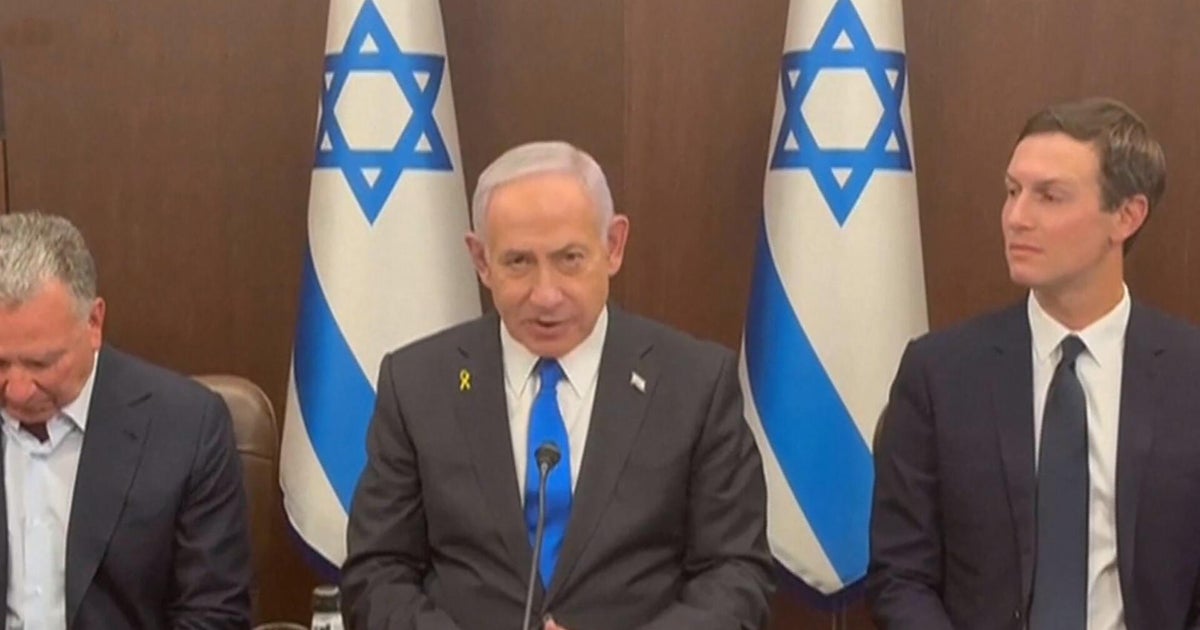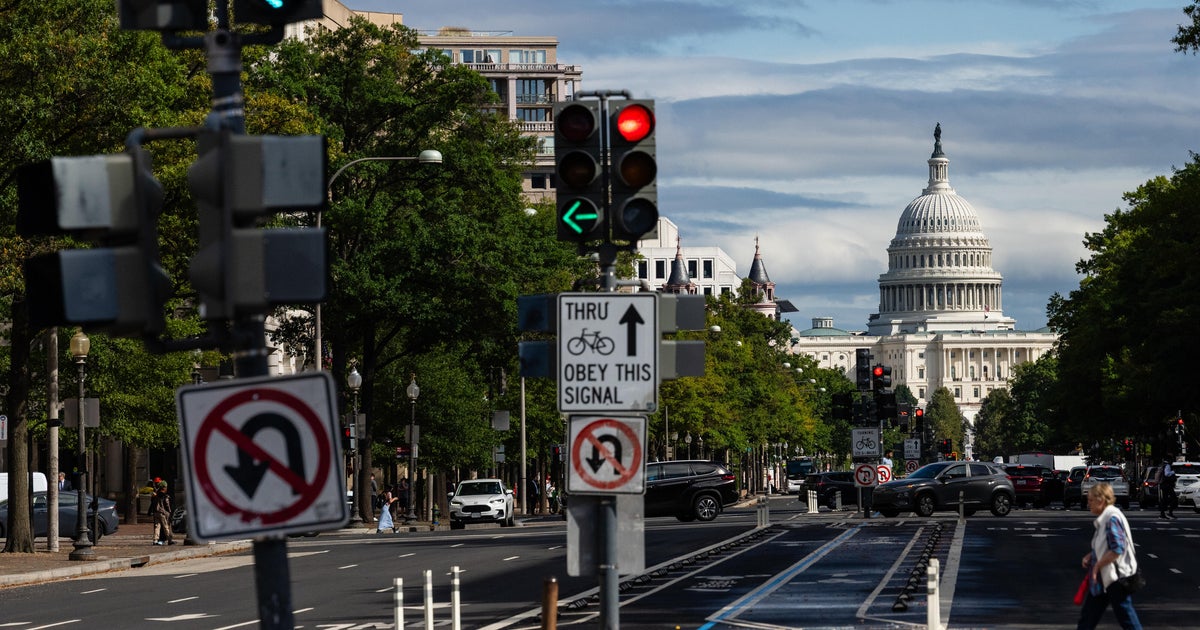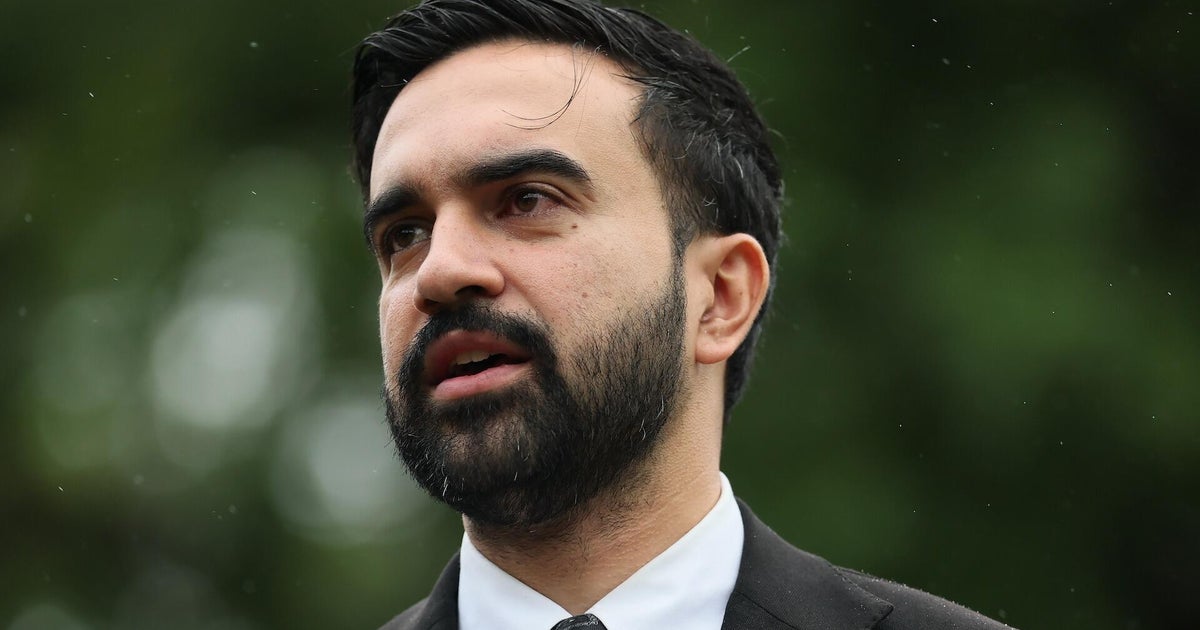Donald Trump lands in London overnight as the first US president to ever undertake a second British state visit. But the logistics of making such a trip happen securely and safely are huge and well-practised.
A US president cannot travel without a huge entourage of aides and security staff, and requires an entire fleet of vehicles and helicopters to be flown in by military airlift well ahead of time.
This largesse comes with an equally impressive price tag. According to a BBC freedom of information request, Trump’s 2019 state visit cost London’s Metropolitan Police some $6.9 million and involved more than 6000 officers.
Here’s a rundown of the key items on Trump’s travel checklist.
The plane
The iconic Air Force One remains a stylish symbol of American power. The two-strong fleet of sky-blue Boeing VC-25s – military versions of the trusty jumbo jet 747 – has been in service since 1990. Whichever is carrying the president also carries the famous “Air Force One” call-sign.
The VC-25s are designed to provide the president with military-grade protection, and reportedly carry a range of radar jamming and electronic countermeasure devices as well as missile-defence systems.
Air Force One can also be refuelled in midair, giving it effectively unlimited range. This means the plane can become a mobile command centre during times of emergency – President George W. Bush and his aides spent some eight hours airborne as they grappled with the immediate aftermath of the September 11, 2001 attacks.
Onboard, the accommodation spreads out over 300 square metres of floor space on three levels. The presidential suite at the front of the fuselage features a gym and office space, as well as sleeping quarters. Further back, there is a conference room, dining suite, and designated areas for the travelling media, VIPs, security and presidential office staff.

US air force’s Boeing C-17’s fly in the presidents vehicles and helicopters.Credit: NurPhoto via Getty Images
However, the oft-rumoured escape pod is (sadly) almost certainly a myth of Hollywood creation, probably derived from the 1997 action thriller Air Force One, which featured a US president James Marshall (Harrison Ford) saving his family from dastardly communist hijackers.
Away from the glamour of Air Force One, no presidential trip can occur without some serious grunt work from the US Air Force transport fleet. The Its Boeing workhorse, the C-17 Globemaster, is used to flying in armoured vehicles and helicopters well ahead of the president’s arrival in another country.
A number of USAF Globemasters were spotted flying in to London’s Stansted Airport earlier this week, ahead of Trump’s expected touchdown on Tuesday night (local time).
The beast
On his previous state visit to the UK in 2019, Trump travelled in a 22-vehicle motorcade, the centrepiece of which was the huge armoured presidential limousine nicknamed “the Beast”. The convoy – which usually features a decoy Beast as well as the actual presidential car – includes a hazardous materials unit, an electronic defence measures vehicle, an SUV with satellite communications, and an ambulance carrying medical staff.
The current Beast – a bespoke General Motors design adapted from a truck chassis and badged as a Cadillac – has been in use since 2018 and offers a premium level of protection for the president on the move.
Weighing in at about eight tonnes, this armoured behemoth shields the president, and often the first lady and immediate aides, in a hermetically sealed steel cocoon, protecting them from almost any conceivable form of attack. The armoured doors alone are said to weigh the same as a Boeing 757 aircraft door.
Should the worst occur, the car is said to carry a small arsenal of shotguns and defensive measures such as smoke grenades and teargas dispensers. Its drivers are also trained to execute evasive manoeuvres, albeit not that quickly – even with a V8 below the bonnet, the Beast’s sheer weight limits its top speed to an estimated 96 km/h.
The ‘football’ and the ‘biscuit’
During a private visit to the UK in 2018, Trump was accompanied by as many as 1000 people, including military communications specialists, White House aides, a doctor, a chef, and about 150 Secret Service agents, the London Telegraph reported.
But possibly the most important person travelling with the president is a military aide sometimes seen carrying a bulky satchel known as the “football”, which contains the access codes for the American nuclear missile arsenal.
The launch codes are contained in a plastic card known as the “biscuit”, which must be snapped in half to allow the codes themselves to be extracted and read.
The helicopters
Trump will require a number of helicopters for his state visit, which would also have been delivered ahead of time by US Air Force transport planes.
Operated by US Marines, any presidential helicopter is known as “Marine One” when the commander in chief is onboard. The White House’s current fleet includes a number of VH3-D Sea King types, the design of which stretches back several decades, as well as a number of more recent, smaller types such as the VH-60 White Hawk.
The presidential Sea Kings are all reported to have been given various upgrades for presidential use, including the installation of armour and anti-missile systems. Presidents, including Trump, often travel by helicopter over relatively short distances as the Secret Service reportedly views them as providing better protection than road transport.
A presidential flight typically operates with up to five individual helicopters, which constantly adjust their positions in midair, with one aircraft carrying the president and his team and the rest acting as decoys.

A US Marine Osprey lands in New York.
Trump’s previous UK visits have also been accompanied by US Marine Ospreys – strange-looking tilt-rotor aircraft that captivated onlookers when they buzzed low over London in 2019 – but it is not known whether they will be seen this time round.
Where is Trump going in the UK?
Trump and his wife, Melania, will fly into Stansted Airport, about 50 kilometres north-east of London, about 8.30pm UK time on Tuesday (5.30am AEST)
King Charles III will host Trump at Windsor Castle on Wednesday, where he is expected to visit St George’s Chapel in Windsor and lay a wreath at the tomb of the late Queen Elizabeth II.
The president will also be treated to a flypast from the RAF’s Red Arrows display team and a special Beating Retreat military ceremony. The Trumps will be guests of honour at a state banquet hosted by the King that evening.
A day later, Trump will head north to Buckinghamshire to meet Prime Minister Keir Starmer at Chequers, the British leader’s rural retreat. The first lady will meanwhile join Queen Camilla to view Queen Mary’s doll’s house and visit the Royal Library, and then join Catherine, Princess of Wales for a meeting with the head of the Scout Association.
The visit is expected to wrap up about 4pm on Thursday (1am Friday AEST), with Trump flying out of London to head back to Washington.


















































